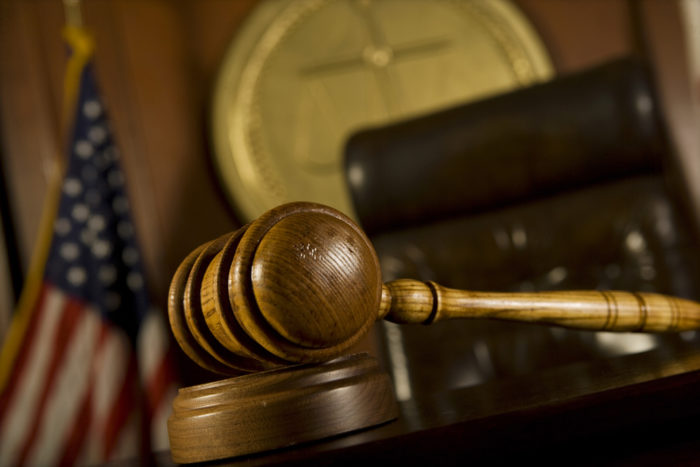How the Jury Selection Process Works

Among the many great rights we have in the United States is the right to a fair trial by a jury of our peers. Jurors then take on the task as acting as a voice of the people, taking into consideration the evidence and circumstances, and ultimately debating the verdict. Jurors play an imperative role in our legal system – however, to ensure an unbiased outcome, how is the jury selected? Let’s take a look at how the jury selection process works:
Selection at Random
The first step in selecting a jury is the random selection. Not unlike drawing a name out of a hat, state and/or federal district officials will select potential jurors from a list of people that meet certain criteria. While that may not seem terribly random, the list is largely made up of people who have drivers or state licenses, citizens who are registered to vote, and even citizens who may rely on unemployment benefits. The random selection is very similar to casting a net and bringing in as many potential jurors as possible.
Narrowing the List and Selection
Once the officials have gathered their list of potential jurors, they begin selection through a process called Voir Dire. It’s a kind of questionnaire process that largely varies from state to state that helps narrow down the jury pool. For starters, technical aspects are taken into account. A juror can only serve as long as they are at least 18 years old, have the right to vote, are a United States citizen, and of course must live within the court’s jurisdiction. Health and well being of a juror is taken into account in that a juror must be able to physically sit through a case and actually be able to keep up with and understand the case. A majority of the time, Voir Dire occurs when potential jurors get questioned by attorneys and in some cases, the judge.
The questionnaire is like an interview that can happen privately or with jurors present and often include questions regarding their personal beliefs, secular and religious, along with their background. Based on the answers given, either one of the attorneys can object to the juror’s place in the jury, questioning their ability to give an unbiased, informed, and non-prejudiced verdict in their decision. Attorneys will challenge jurors they feel may have an overwhelming bias based on the principles of “challenges for cause” and “peremptory challenges”.
Not meeting the basic requirements to serve can lead to a juror being dismissed “for cause”, along with any emotional biases such as a former police officer acting as juror in a case of police corruption.
On the other hand, a peremptory challenge needs no explanation from either side. And of course in come cases, potential jurors can be removed randomly from the pool if it’s deemed to be too big.
This back and forth between the attorneys will go on until there are no more objections and they ultimately “strike the jury,” basically meaning they’ve made their final decision. Only then will the trial move to the next stage.
A right to fair trial is imperative for the legal system to fully operate. It’s a constitutional right that should never be overlooked. It takes a skilled, discerning lawyer to choose a jury that will be fair and balanced. Correctly choosing a jury is a skill learned only through experience.
If you or someone you know is facing trial, you need to talk to an experienced criminal defense lawyer today. The experienced lawyers at Bramnick, Grabas, Arnold & Mangan, LLC can fight for your right to a fair trial. Contact us for your free case consultation today!

